
The Sunday News

Bruce Ndlovu, Sunday Life Reporter
“THE king or queen are crowned by the Archbishop of Canterbury and in his absence, it is done by the Archbishop of Yorke. If not, the most senior bishop in London would have done it. If he was not available, maybe I would have done it, “the Right Reverend Cleophas Lunga joked as he spoke to Sunday Life.
This was only a few days after the coronation of King Charles III, during which millions around the globe watched as the leader of the Anglican church in England, the Archbishop of Canterbury, Justin Welby, administered the religious rites that led to the coronation of the 40th monarch to be crowned at the Collegiate Church of Saint Peter in Westminster in London, England.
While he joked about the role that he might have had to play should those tasked with handling the ceremony have failed to perform their duties, Reverend Lunga, the bishop of Matabeleland, was at pains to point out the hierarchy in the Anglican church and the responsibilities this bestows on officer bearers.
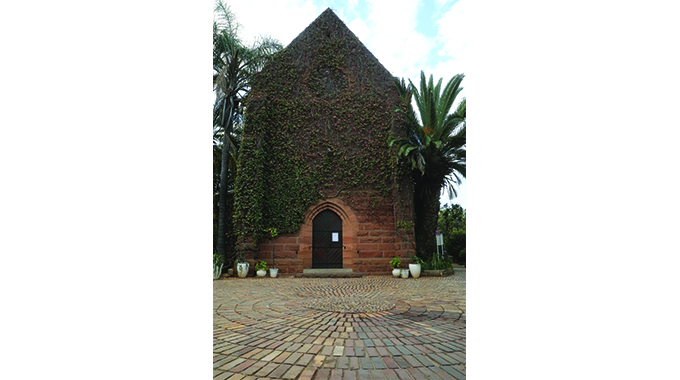
“Of course, I could not have carried out the coronation because I am not a citizen of the United Kingdom but, I am merely pointing this out to dispel the notion that the coronation would have not taken place if the archbishop was not present,” he said.
Among the millions who watched that spectacular coronation, which is speculated to have cost between 50m Pounds and 100m Pounds, were thousands of Zimbabweans, who watched keenly alongside the rest of the world as the Archbishop of Canterbury poured special oil from the Ampulla – a gold flask – on to the Coronation Spoon before anointing the King in the form of a cross on his head, breast and hands.
For Zimbabweans of Anglican faith, the scenes at Westminster Abbey would have been eerily familiar, as the setting bears striking resembles some of their own parishes dotted around the country.
Indeed, when one steps inside the Anglican Cathedral of St John the Baptist of Bulawayo, they might feel that they are walking on the same hallowed ground that the new British monarch stepped on before his striking regal gear was topped off with St Edward’s crown, a 22-carat gold, 2,3 kg coronate that was once deemed too heavy to wear.
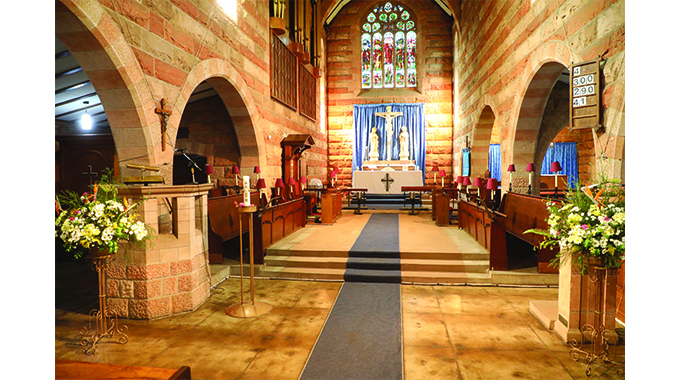
From the pointed arches, rib vaults and stained glasses, St John bears striking resemblance to other Anglican cathedrals, including Westminster Abbey, that adopted the gothic style of architecture.
Situated at the corner of 6th Avenue and George Silundika Street, covering approximately one quarter of a hectare and rising towards the west, the site for the church was chosen because of its proximity to Town Hall, which is now known as City Hall.
Reverend Lunga narrated how, when he took up his position sometime on 1 March, 2009, he stood on the entrance of the cathedral and ackolwedged the City Hall.
“After the service of consecration, you stand at the entrance of the parish and bless the City Hall from there. The idea is to bless the city and the business that is conducted there. I did the same when I took up my position,” he said.
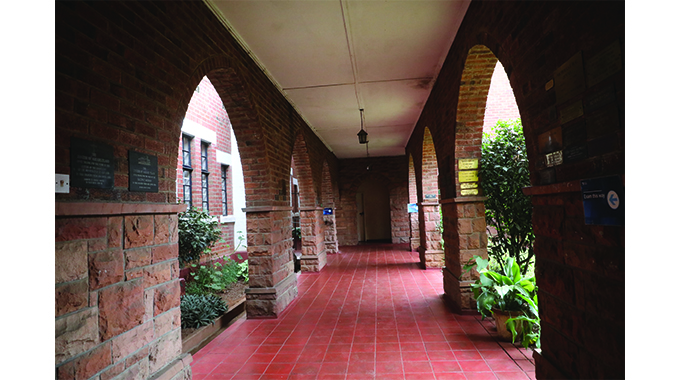
In that little ritual, the foundations and values of the Anglican church around the world are laid bare. Among King Charles’s many titles are Defender of the Faith – a title once bestowed on Henry VIII by the pope, and retained after England broke with Rome – and supreme governor of the Church of England. This has meant that since that time, it has been perceived that there is no separation between the state and the church.
“When the British found themselves in Zimbabwe, it meant that the church would also find its way to the country and most people also found themselves joining the faith through the education system, as the church runs many schools around the country through its five dioceses. Over the years, some have argued that the state is a part of the establishment, which is why bishops are in the House of Lords in England and what is discussed there is passed on to them to evaluate its moral and even spiritual value to the nation. This is where the title Lord Bishop comes from and this is something that has been adopted by even those of us that are not in England,” he said.
Such ties between state and church are the reason why the parish in Harare was located on Sam Nujoma Street.
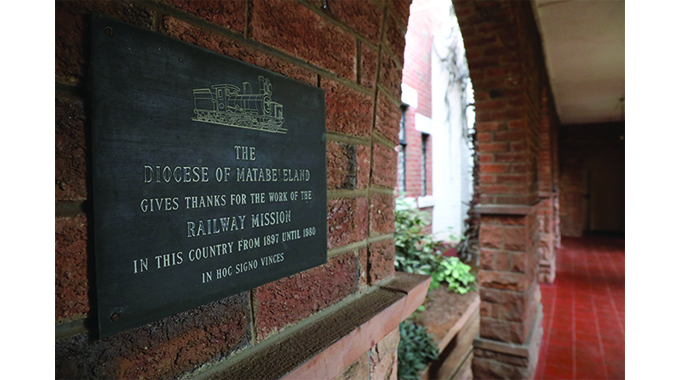
“In Harare, the church was built next to the old parliament and there are corridors that lead to parliament itself. The bibles that were used to swearing in legislators were from there. So, the location of this church here and the one in Harare is just symbolic of the relationship between the state and church,” he said.
While St John’s shared a lot in common with the prestigious cathedral where King Charles was coronated, one thing that stands out is the type of stone that was used for its construction.
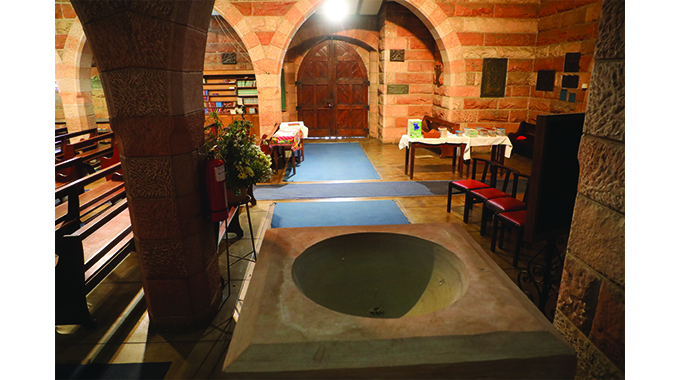
F.E Masey, who died before the church was completed, was the architect behind the construction of the parish, reportedly drawing inspiration from the great Norman Abbeys of France.
The builder, George Nicholson, then quarried sandstone from Ntabazinduna, with every block being shaped at the quarry and not on site as some would have expected. Nicholson is thought not to have made a profit despite quoting a then hefty price of 17 000 Pounds. Such was the great expense involved in constructing this great sandstone behemoth.
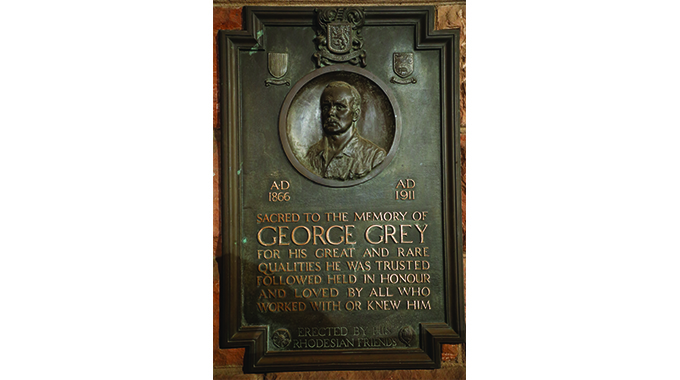
Today, a few drunks may stumble across St John’s, as it is located only a stone’s throw away from some of the city’s watering holes. This is perhaps ironic as when the congregation purchased the site for 850 Pounds in 1909, it was located near a tea garden that was once raided by police, after a high frequency of fights between patrons, who discovered that the proprietors were evading liquor licensing laws by lacing their coffee with whisky.
As St John’s celebrates its 70th year anniversary in September, the church is eager to show that it is still continuing its original mission in Zimbabwe, with Matabeleland North becoming an area of key focus for those within the cathedral in Bulawayo.
“As the diocese in Bulawayo, we are continuing the work that was begun by the missionaries all those years back,” said the Very Reverend Fritz Madida, the dean of the cathedral and the dean of Bulawayo.
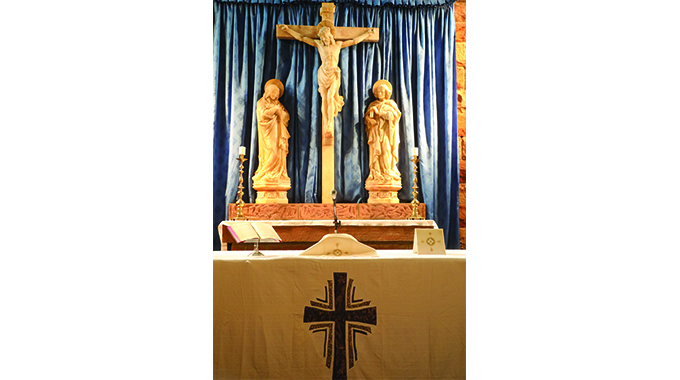
“We are still looking at establishing more missions, for example, we have taken over St Christopher’s in the Jambezi area. We have been given a stand by Chief Siachilaba in Binga and we have another stand in Lupane which we were given by the council.
We want to establish a high school there because children have to walk as much as 20km to access one and that is not good for their academic growth. We are saying that we are looking north because there is a great need for schools in that part of Matabeleland.”
His sentiments were echoed by Reverend Lunga who said: “The thrust of the Anglican church in Zimbabwe has always been to make the gospel relevant. We are using schools and churches in that regard because these are things that touch the lives of people directly and are thus key entry points. Yes, we are turning 70 but we are not looking back, but we are taking stock of where we are and we are also looking into the future while acknowledging what has come before,” he said.



